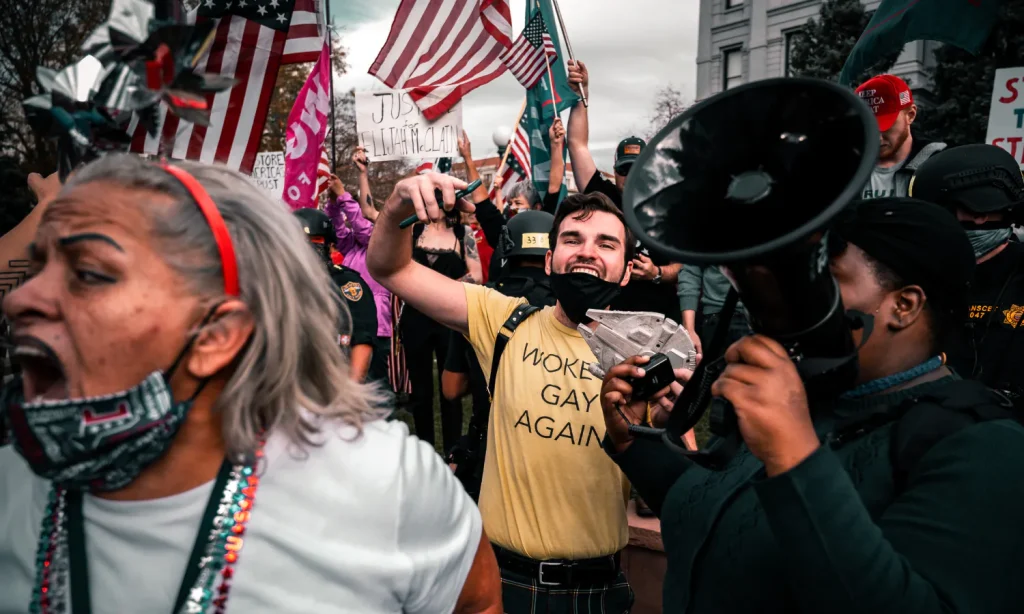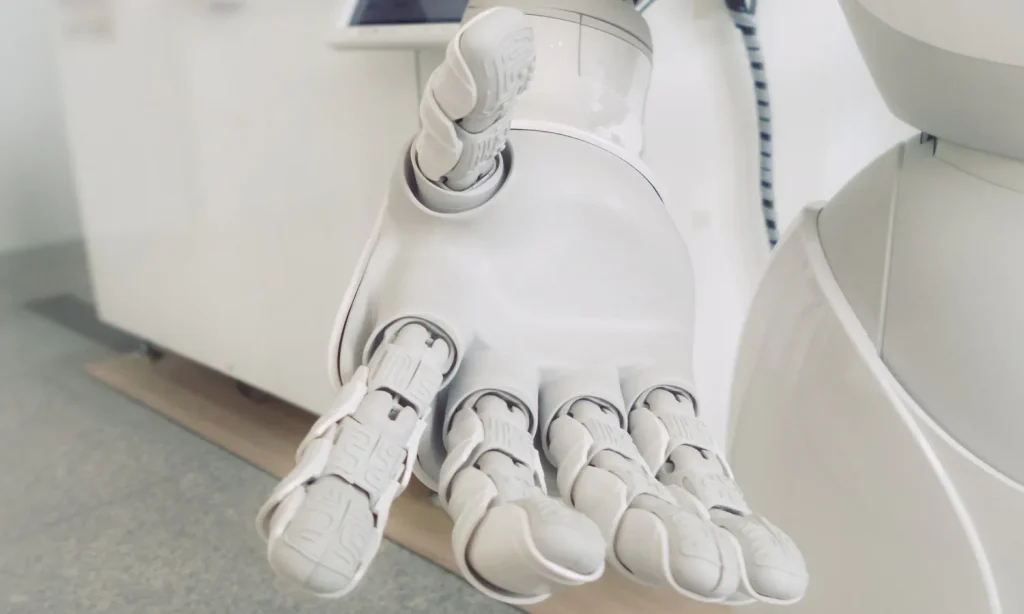Breaking News




Popular News













Enter your email address below and subscribe to our newsletter

You know, sometimes a piece of history is so dark that it feels almost unreal, like something from a horror movie....
You know, sometimes a piece of history is so dark that it feels almost unreal, like something from a horror movie.
But the story of Unit 731 is one of those chilling real-life chapters that, once you learn about it, sticks with you.
I first stumbled upon it not in a history class, but through a friend’s casual mention of a film years ago. It sent me down a rabbit hole I wasn’t prepared for.
For those who might not know, Unit 731 was a covert biological and chemical warfare research unit of the Imperial Japanese Army during World War II.
Based in Harbin, China, it’s infamous for conducting horrifying eperiments on human subjects. We’re talking about things that are hard to even process.
Learning about it, I remember feeling this cold knot in my stomach. It’s one thing to see fictional horror on an IMA screen, but the knowledge that people actually endured this… it changes you.
This historical horror has, understandably, cast a long shadow over media and entertainment. Filmmakers and writers have grappled with how to tell this story without eploiting the suffering.
Back in the 1980s and 90s, there were a few films that tackled it directly, but they often sparked huge controversy.
How do you depict the undepictable I tried watching one once and had to turn it off halfway through. It wasn’t about gore; it was the sheer, crushing weight of the reality behind it.
The conversation around Unit 731 took a particularly modern turn around 2020.
With the world in lockdown, many people, including myself, were diving deeper into documentaries and historical dramas online.
I noticed a significant uptick in discussions and YouTube videos analyzing the unit’s legacy.
It became a morbid point of fascination, a “dark history” deep dive for a generation consuming content from their screens.
It felt strange, seeing this heavy topic become part of our digital discourse, sometimes sandwiched between memes and unboing videos. The scale of the operation is what’s truly staggering.
It’s estimated that over 3,000 people—often referred to as “marutas,” or logs—were killed in the eperiments.
Some historical accounts and researchers suggest the total number of victims, including those in field tests, could be much higher, with figures like 10,000 or more being cited.
The unit employed around 7000 people at its peak. Let that sink in. 7000 individuals were part of this machinery of death.
It wasn’t just a few rogue scientists; it was a massive, systematic operation. This history inevitably bleeds into contemporary issues, especially in the realms of sci-fi and bio-thrillers.
Whenever I watch a movie about a deadly pandemic or a rogue virus, my mind sometimes flickers to Unit 731. It’s the real-world foundation for our darkest fictional fears.
The ethical questions it raises about science without morality are more relevant than ever with today’s rapid advances in biotechnology. It serves as a permanent warning sign.
Ultimately, the story of Unit 731 is more than a historical footnote; it’s a painful scar. While it’s a difficult subject, remembering it feels like a duty.
It’s not about holding onto hate, but about ensuring we never forget the depths of human cruelty, so we can strive to be better.
For me, it’s a reminder to be critical of the media I consume about such topics and to always seek out the human stories behind the staggering numbers like 7000 or 2020.
It’s the least we can do.